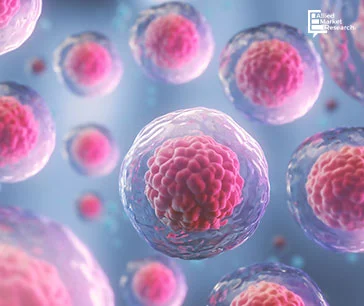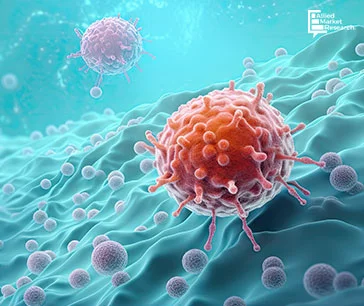Table Of Contents

Roshan Deshmukh

Sayali Bharat Shinde
CART-T Cells: Tailored Solutions for Targeted Healing

Overview
Modern medicine research is always changing how diseases are treated, especially when it comes to cancer treatment. Among these revolutionary discoveries is CART T-cell therapy, also referred to as chimeric antigen receptor T-cell therapy. CART T cells are used in personalized, precision medicine treatments that provide people suffering from various cancers hope and have the potential to completely transform cancer treatment.
The utilization of the patient's own immune system to destroy cancer cells and promote an early recovery are major advantages of CAR T-cell treatments over traditional medications. Furthermore, CAR T-cell treatment has a lengthy half-life in the body. Even in the event of a relapse, it remains capable of identifying and pursuing cancer cells. Also, in situations where their condition was advanced, some individuals who had run out of alternative therapeutic choices were able to obtain long-lasting remissions. Furthermore, CAR T-cell therapy is majorly used for the treatment of lymphoma, multiple myeloma blood cancer, and acute lymphocytic leukemia. The market for CAR T-cell therapy is anticipated to expand as a result of the therapy’s high adoption rate and numerous advantages over conventional medications.

Driving Factors of The Market
Globally, the market for CAR T-cell therapy is growing rapidly due to an increase in cancer incidence in different regions of the world. Variables including the rising worldwide cancer incidence, cancer recurrence, availability of less effective treatments, and unmet need for cancer treatment goods in developing nations are driving the demand for CAR T-cell therapy products. Multiple myeloma, leukemias, lymphomas, and other hematological cancers can be treated with very few drugs that have a quick and focused beginning of action. Chimeric antigen receptor (CAR) T-cell therapy is a revolutionary cancer treatment that is now accessible. Usually, CAR T-cell therapy is employed following the failure of conventional forms of treatment.
The potential of personalized medicine is best shown by CAR T-cell therapy. Every patient receiving CAR T-cell therapy has their own unique T cells genetically engineered to specifically target their cancer. This degree of customization lowers harmful effects on healthy cells while boosting the therapy's efficacy. The table below represents the global market for the years 2022 and 2032 for the CAR T-cell therapy market along with the CAGR.
| Market | 2022 | 2031 | CAGR% (2023-2032) |
| CAR T Cell Therapy Market | 2,698.0 | 35,959.0 | 28.5% |
Source: AMR Analysis *Note: The market numbers & and CAGR here are inclusive of the impact of the Recession
Competitive Landscape
The major players that operate in the global CAR T-cell therapy market are Autolus Therapeutics, 2Seventy Bio, Inc., Bristol-Myers Squibb, Gilead Sciences, Intellia Therapeutics, Caribou Biosciences, Inc., Cartesian Therapeutics, Inc, Novartis AG, Pfizer, and Johnson and Johnson.
North America generated the highest revenue in 2022, owing to strong presence of key players and availability of approved therapeutics with higher adoption of CAR T-cell therapies. Europe is expected to witness the highest CAGR from 2023 to 2032 owing to rise in awareness regarding CAR T-cell therapy, expected launch of new products, and rise in the number of target population.
Furthermore, Asia-Pacific will also have a significant increase in the revenue during the forecast period due to an increase in the number of cancer disease sufferers, an aging population that is more susceptible to chronic illnesses, growing investments in biopharmaceutical research and manufacturing capabilities, and partnerships between domestic and international pharmaceutical companies, a favorable environment for the adoption and growth of CAR T-cell therapy.

Emerging markets like Asia-Pacific and LAMEA provide lucrative opportunities for market participants as well. This can be explained by the fact that these regions are distinguished by sizable populations, rapid economic growth, and rising healthcare costs. The market is also anticipated to expand as a result of the alarming increase in the incidence of cancer in these areas as well as more rapid advancements in technology. The introduction of new products additionally encourages market expansion. As a result, the market's players have a lot of opportunities attributable to the aforementioned factors.
Conclusion
CART T cells represent a hopeful breakthrough in the history of cancer treatment. Because they can offer targeted, customized healing, they have the potential to significantly improve the prognosis of those who are diagnosed with cancer—a diagnosis that would normally be challenging. The prospects for cancer treatment seem brighter than before, as studies and clinical trials help researchers better understand this cutting-edge medicine.

